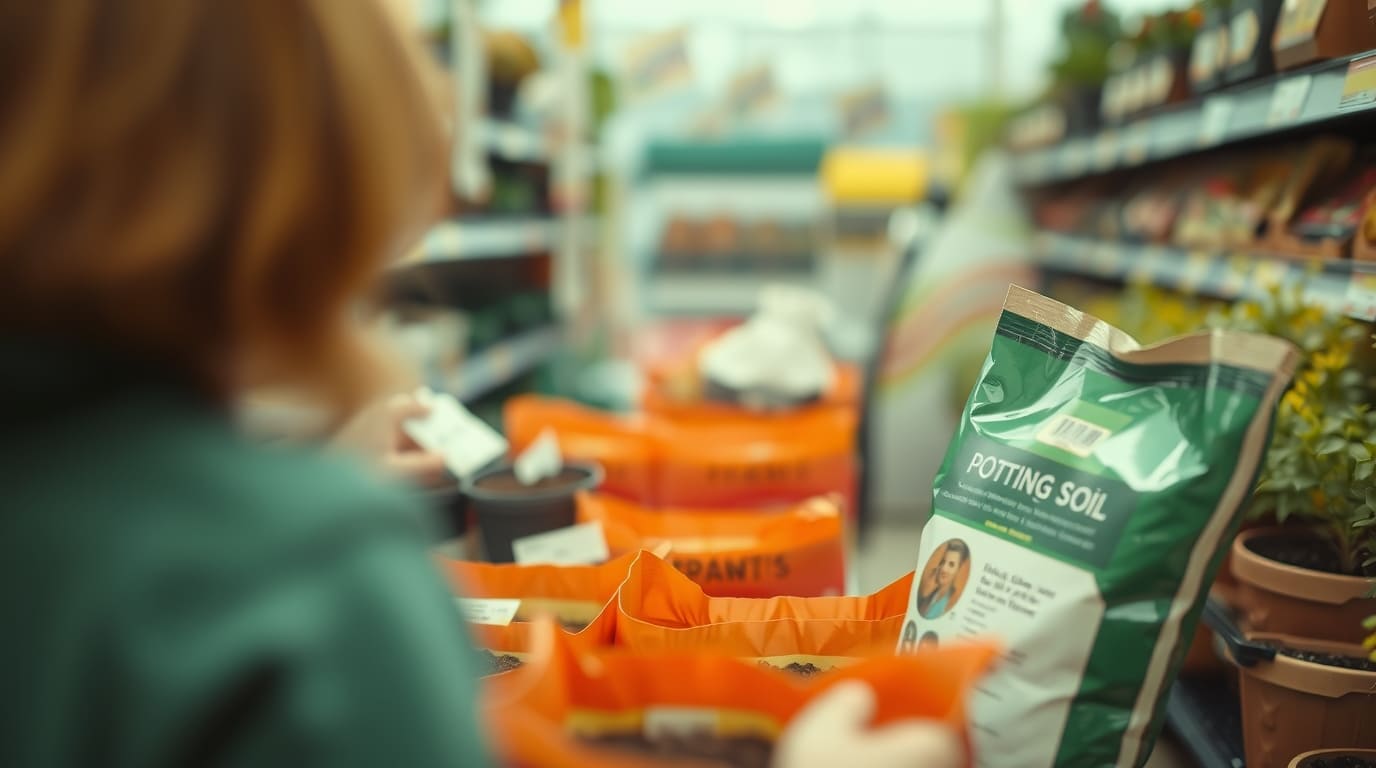
Looking to level up your plant care game without breaking the bank? Take a minute to pop in reptile section at your local pet store. You might be surprised to learn that it’s a packed with affordable gardening supplies. Today, we’re sharing some smart shopping money-saving secrets that savvy indoor gardeners have discovered at pet stores.
In this article
Same Product, Different Packaging
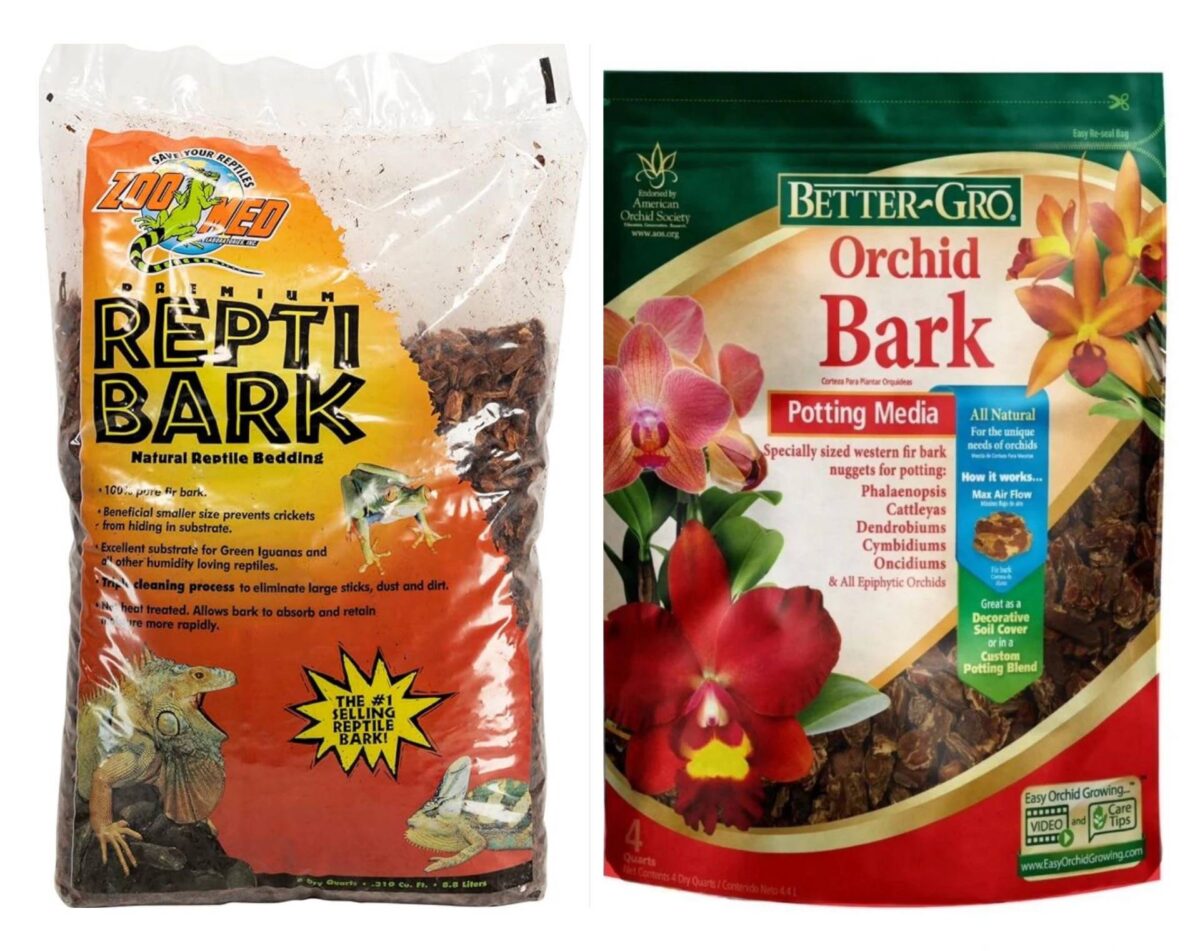
One of the biggest discoveries is that reptile bark and orchid bark are often identical products with different labels. For example, ReptiBark and Better-Gro Orchid Bark are both 100% fir bark – but the reptile version often comes at a significantly lower price point. The main difference? Particle size.
ReptiBark typically comes in smaller 1cm chunks, while orchid bark features larger 1-2 inch pieces. This can actually be advantageous when potting smaller plants, as the finer texture allows for better soil aeration in compact pots.
For anyone who thinks you shouldn’t use reptile bark because ‘orchids are sensitive and require special pure clean bark’, you are wrong! It’s the exact same stuff. Reptiles need clean bark too, just because it’s for reptiles doesn’t mean it comes pre-loaded with all kinds of bad stuff.
Coco coir (a natural fiber derived from the outer husk of coconuts) is also cheaper as a reptile supply, buy it in compressed blocks. I use Legigo as mix for all my plants. Never had any issues and no root rot!

Another great niche product for plant lovers is 100% clay cat litter (no additives) from Walmart, for a mere $5 a bag, to make home-made loamy mix.
Save on Potting Soil

I started out like most people, using all-purpose potting soil for every plant I owned, but lately I’ve been getting more interested in tailoring my soil mixes, especially since I want to repot my holiday cactuses. I’ve actually had great success making my own mix using equal parts perlite, potting soil, and orchid bark – though I’ll admit the price of orchid bark has been painful on my wallet. Recently I came across this huge bag of Evergreen pine bark for less than 4 dollars at my local Lowes!!!
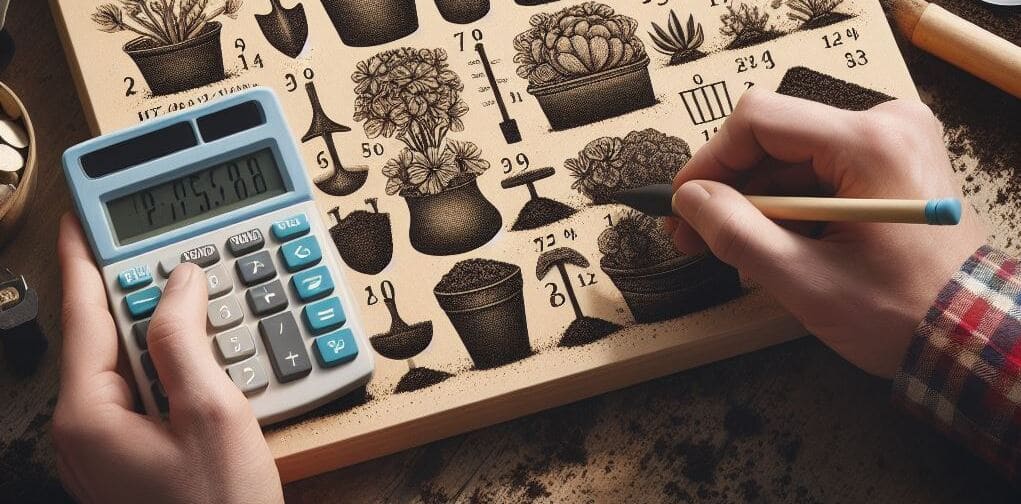
How much soil do you need?
Calculate the amount of soil needed for your raised garden bed, potting container, or garden container with this handy soil calculator.
Hidden Gems in the Aquarium Aisle
The aquarium section is another goldmine for plant lovers:
Aquarium Gravel: Pre-washed, pH-neutral decorative stone that’s 50-75% cheaper than garden center alternatives. Available in various sizes and colors (opt for natural tones for a sophisticated look), it provides excellent drainage while maintaining humidity—perfect for succulent arrangements, humidity trays, and terrarium bases. And aquarium gravel makes attractive top dressing.
Fish Tank Water Conditioners: These dechlorinating agents not only neutralize tap water but also add beneficial minerals, preventing brown leaf tips and chlorine damage. Especially valuable for sensitive plants like Prayer plants, Boston ferns, and Peace lilies.
Zeolite: Natural mineral that absorbs excess ammonia while trapping and slowly releasing nutrients. Mix 1 part zeolite to 4 parts potting mix to improve soil aeration—particularly beneficial for heavy feeders like Monstera and Philodendron.
Activated Charcoal: Essential for closed terrariums and root rot-prone plants, this filter material prevents soil souring, absorbs excess minerals, and reduces odors. Pro tip: Crush larger pieces for better distribution throughout your soil mix.
Aquarium Driftwood: Pre-treated, water-resistant wood (including Malaysian, Spider, and Mopani varieties) that’s perfect for mounting orchids, supporting climbing philodendrons, and creating natural-looking displays at half the cost of specialty plant stores. Also, driftwood used for lizard tank decorations make great poles, and fish tank water conditioners works great for removing chemicals that seem to cause brown tips on more sensitive plants.
Beneficial Bugs
Pet stores often stock living soil amendments that can benefit your plants, like these bugs. Springtails primarily eat fungi in the soil, and isopods eat dead/decaying organic matter.
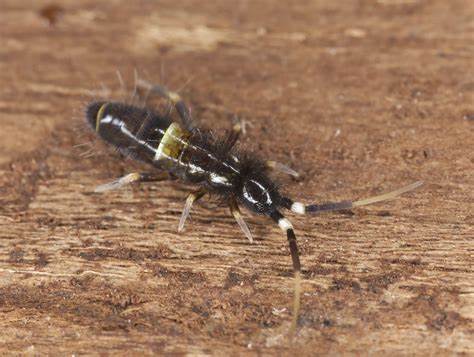
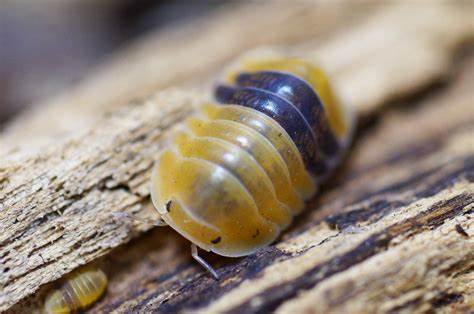
Cost Comparison Quick Reference
| Item | Pet Store Price | Garden Center Price | Savings |
|---|---|---|---|
| Gravel (5lb) | $4-6 | $12-15 | ~60% |
| Activated Charcoal | $8/lb | $15-20/lb | ~50% |
| Driftwood | $10-15/piece | $25-30/piece | ~50% |
| Springtails | $8-10/culture | $15-20/culture | ~45% |
Note: prices may differ in your area. It is always better to compare before you buy.
Remember: Quality plant care doesn’t require premium-priced specialty products. Pet store supplies often provide identical or superior results at significant savings—it’s all about knowing what to look for and how to use it effectively.
Shop for Plants at Your Local Pet Store
I’ve discovered that pet stores can be an unexpected treasure trove for plants, especially those marketed for terrariums and vivariums. In fact, I recently stumbled upon the most incredible find at Petco – Pink Princess Philodendron tissue cultures in agar, being sold as terrarium plants for just $7.99! Though the acclimation instructions were pretty terrible, I couldn’t resist experimenting with them.
Money-Saving Tips
Wait till you find out how cheap it is to get a few yards of garden mulch delivered, which is typically fir bark, also.
Anything sold for houseplants is just marked up because it seems more exotic. A bag of course bark mulch at Home Depot is more or less the same as both of these.
I buy pumice by the 1-cubic foot bag (outside at my local plant nursery). The exact same stuff is sold inside with the houseplants, in smaller bags, for 4x the price (a 1cf bag only weighs maybe 25 or 30 lbs. it’s fairly manageable for the savings).
Here are some more tips to save you money:
- Price Match: Get Petco or Petsmart to match their own online price. For some reason their online prices are often much better than their in-store prices. Got a good size bag for around $3.50
- Buy in Bulk: Look for larger bags of substrate materials – they usually offer better value per unit.
- Compare Sizes: Pay attention to measurements. For example, reptile bark often comes in larger quantities for the same price as smaller bags of orchid bark.
- Shop Around: a lot of stuff for reptiles and fish is just marked up versions of stuff for plants. Long Fibered Sphagnum (moss) is cheaper and better for plants.
Tools and Accessories
Don’t overlook the reptile section for useful gardening tools:
- Reptile feeding tweezers make excellent plant maintenance tools
- Terrarium maintenance tools can double as precision planting implements
- Heat mats sold for reptiles can be used for seed starting
RELATED: If you are new to gardening, here’s a list of basic tools to get you started
Pro Tips for Smart Shopping
- Quality Considerations: While many pet store products are identical to their plant store counterparts, some applications require specialized products. When in doubt, choose based on your plant’s specific needs rather than price alone.
- Check Particle Size: Different plants have different needs. Smaller bark pieces (like those found in reptile products) work better for small pots and young plants, while larger pieces provide better drainage for mature plants.
- Inspect Before Buying: Look for clean, debris-free products regardless of which section you’re shopping in.
Shopping in pet stores can significantly reduce your gardening expenses without compromising on quality. The key is understanding which products are truly identical and which ones might need more consideration based on your specific plant needs.
Remember, whether a product is marketed for reptiles, fish, or plants, what matters most is the actual material and your plant’s requirements. By shopping smart and knowing these insider tips, you can create the perfect environment for your plants without breaking the bank.
Happy growing!







